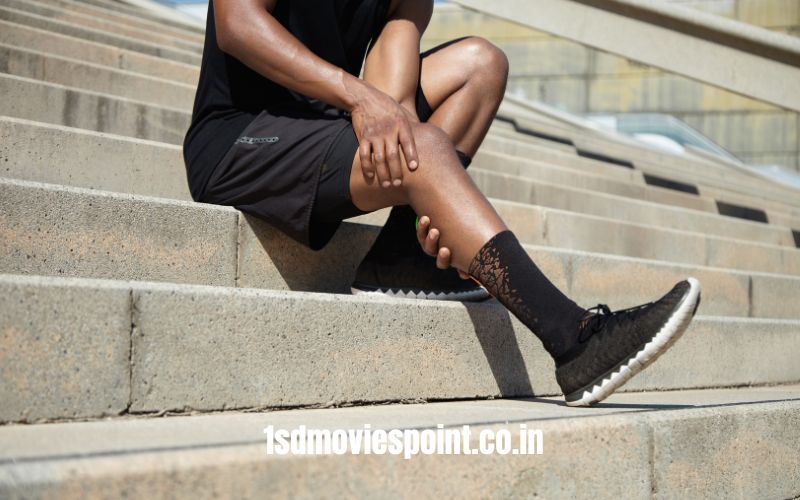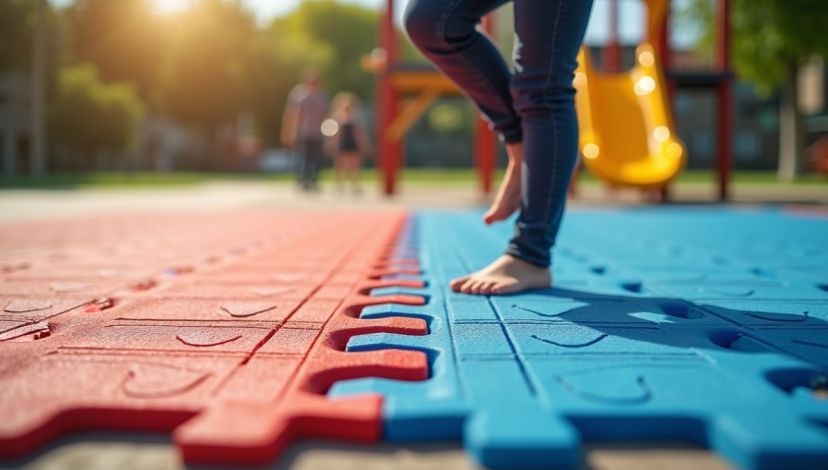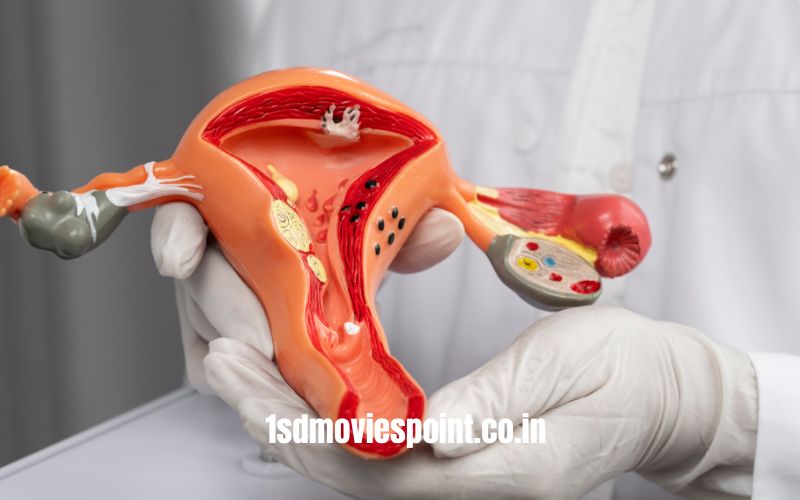The soleus muscle is a powerful muscle located in the calf region, underneath the gastrocnemius. It plays a vital role in movements such as walking, running, and maintaining posture. However, pain in the soleus muscle can significantly impact mobility and daily activities. Understanding the causes, symptoms, and treatment options for soleus muscle pain is essential for effective recovery and prevention.
Key Points:
- The soleus muscle is crucial for lower-leg stability and movement.
- Pain in the soleus muscle can be caused by overuse or injury.
- Proper diagnosis and treatment can ensure full recovery and prevention.
What Causes Soleus Muscle Pain?
Soleus muscle pain can occur due to several reasons, ranging from minor strains to chronic conditions. Common causes include:
- Overuse and Strain: Intense physical activities such as running, jumping, or excessive walking can lead to overuse of the soleus muscle. This can result in microtears and inflammation.
- Inadequate Warm-Up: Starting an intense workout without warming up can increase the risk of soleus muscle strain.
- Poor Footwear: Wearing shoes that lack proper support can lead to increased strain on the soleus muscle.
- Medical Conditions: Conditions like deep vein thrombosis (DVT) or peripheral artery disease (PAD) can sometimes mimic muscle pain.
For example, athletes frequently experience soleus pain due to overtraining or insufficient recovery time.
Note: It’s crucial to distinguish between muscle pain and other serious medical conditions. Consult a doctor if symptoms persist.
What Are The Symptoms Of Soleus Muscle Pain?
Soleus muscle pain can present itself in various ways. Recognizing the symptoms early can help in seeking timely treatment.
- Localized Pain: A dull ache or sharp pain in the lower calf area.
- Swelling and Tenderness: The muscle may feel tender to touch and appear slightly swollen.
- Difficulty in Movement: Activities like walking, running, or climbing stairs may become painful.
- Cramping: Muscle spasms or cramps, especially during physical activity.
For instance, if you feel tightness in the back of your lower leg after a long run, it could be a sign of soleus muscle strain.
Reminder: Avoid self-diagnosing severe pain. Consult a healthcare professional for an accurate assessment.
How Can Soleus Muscle Pain Be Treated?
Treatment for soleus muscle pain depends on the severity of the condition. Below are common methods:
- Rest and Ice Therapy: Allow the muscle to recover by avoiding strenuous activities. Apply ice packs for 15-20 minutes every few hours to reduce inflammation.
- Stretching and Strengthening Exercises: Gentle stretches and strengthening exercises can help alleviate pain and improve muscle flexibility.
- Massage Therapy: Deep tissue massage can release tension and improve blood flow in the affected area.
- Medications: Over-the-counter pain relievers like ibuprofen can reduce pain and inflammation.
| Treatment Method | Benefits |
| Rest and Ice | Reduces swelling and promotes healing |
| Stretching Exercises | Improves flexibility and prevents stiffness |
| Massage Therapy | Relieves muscle tension and enhances recovery |
For example, performing a calf stretch by placing your hands on a wall and extending one leg backward can target the soleus muscle effectively.
How Can Soleus Muscle Pain Be Prevented?
Preventing soleus muscle pain involves adopting healthy habits and proper techniques during physical activities. Here are some preventive tips:
- Proper Warm-Up: Always start with dynamic stretches and light exercises to prepare your muscles.
- Use Supportive Footwear: Invest in high-quality shoes with proper arch support.
- Maintain Good Posture: Avoid putting unnecessary strain on your lower legs by maintaining proper posture during activities.
| Preventive Measure | Why It Helps |
| Warm-Up | Prepares muscles for physical activity |
| Supportive Footwear | Reduces strain on the calf muscles |
| Proper Posture | Prevents overuse injuries |
For instance, replacing worn-out running shoes regularly can significantly reduce the risk of muscle pain.
When Should You See A Doctor For Soleus Muscle Pain?
While minor muscle pain often resolves with home treatments, certain signs indicate the need for medical attention:
- Persistent Pain: Pain that does not improve after a few days of rest and treatment.
- Severe Swelling: Noticeable swelling or discoloration in the calf area.
- Difficulty Walking: Inability to bear weight or severe pain while moving.
- Unusual Symptoms: Symptoms such as numbness, tingling, or a burning sensation.
For example, if your soleus pain is accompanied by redness and warmth, it may indicate a more serious condition like a blood clot.
Note: Ignoring severe symptoms can lead to complications. Seek medical advice promptly.
Conclusion
Soleus muscle pain is a common issue that can affect anyone, especially those engaging in physical activities. Understanding its causes, recognizing symptoms, and following appropriate treatments are key to recovery. With preventive measures like proper warm-up, supportive footwear, and good posture, you can minimize the risk of muscle pain and maintain an active lifestyle. However, always consult a healthcare professional for persistent or severe symptoms.
FAQ’s
- What Causes Soleus Muscle Pain? Overuse, poor footwear, and inadequate warm-ups are common causes of muscle pain.
- How Can I Relieve Muscle Pain? Rest, ice therapy, stretching exercises, and massage can help relieve pain.
- Is Soleus Muscle Pain Serious? While it’s often minor, persistent pain or unusual symptoms should be evaluated by a doctor.
- Can I Prevent Muscle Pain? Yes, through proper warm-ups, wearing supportive footwear, and maintaining good posture.
- When Should I See A Doctor? If you experience severe swelling, difficulty walking, or symptoms like numbness, seek medical attention immediately.



